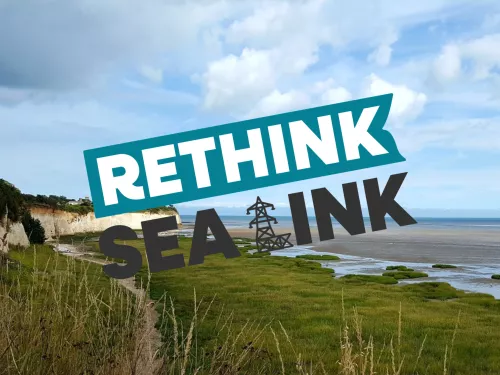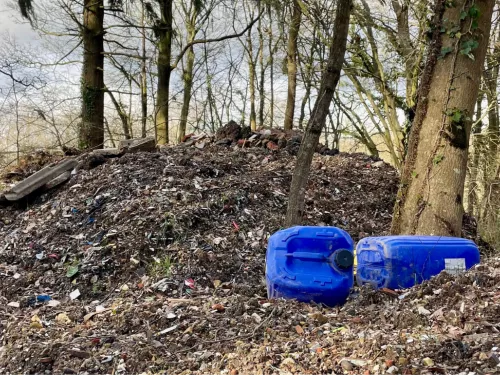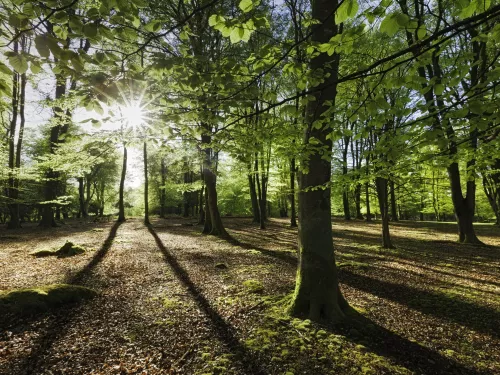
Take the lead for nature
Although dog-walking may seem like an innocent pastime, it can have an impact on wildlife. We understand the importance of striking a balance between enjoyable dog-walking and protecting wildlife so visit this page to find out how you can help!








